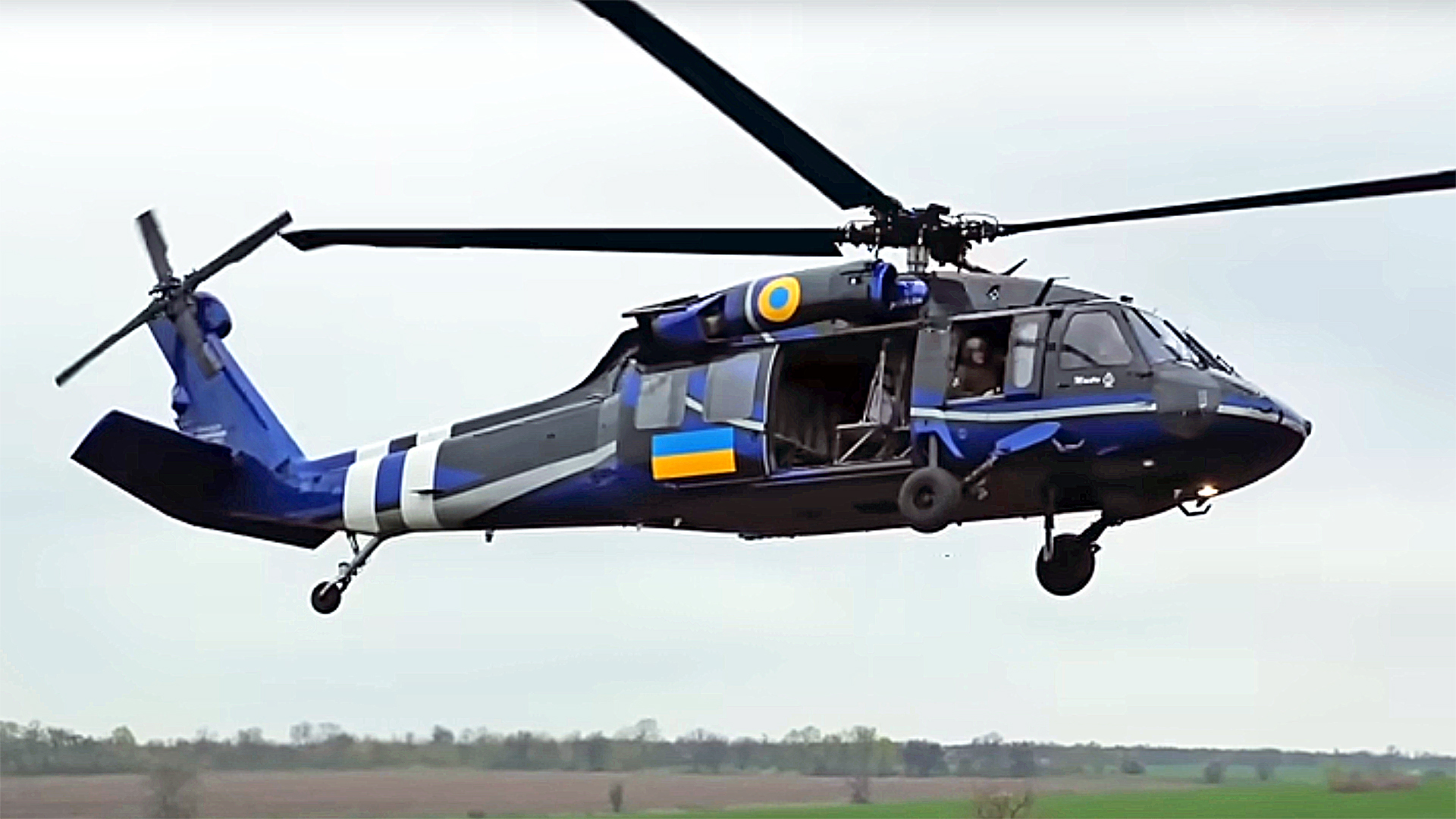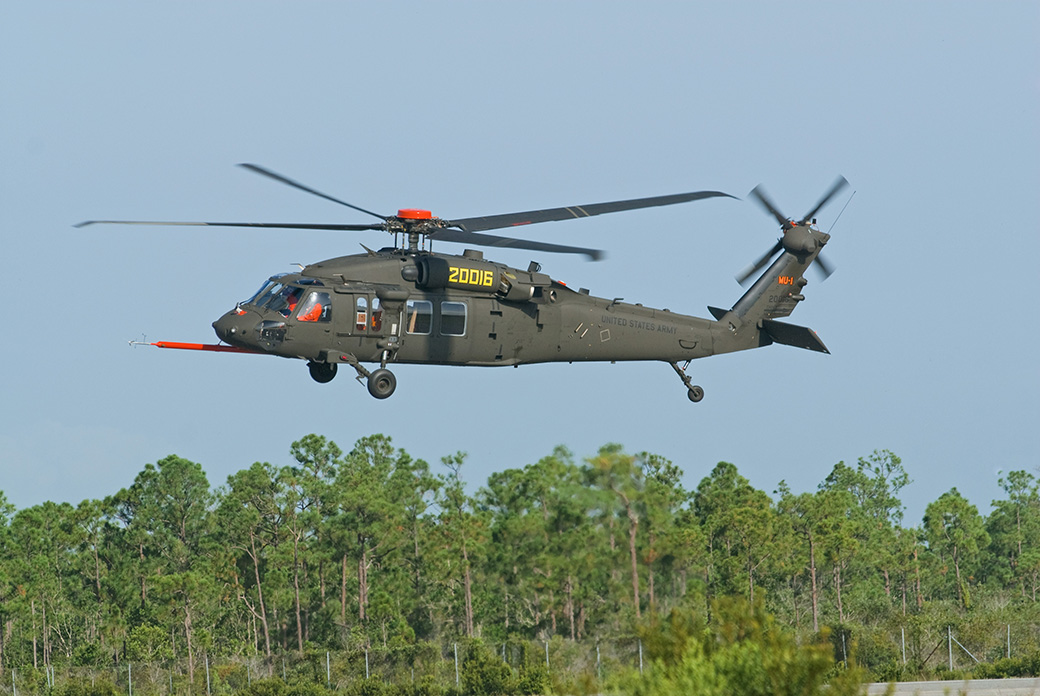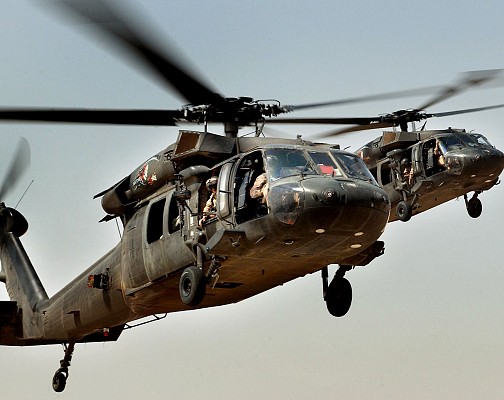Checking Out the Background and Evolution of the UH 60 Helicopter

Origins of the UH-60
The origins of the UH-60 helicopter can be traced back to the late 1960s, a period marked by the need for a versatile energy aircraft that could adjust to the advancing needs of modern warfare. The united state Military acknowledged the necessity for a replacement for the older UH-1 Iroquois, which was ending up being progressively poor for the complexities of modern combat circumstances. In 1967, the Army launched the Energy Tactical Transportation Aircraft System (UTTAS) program, which sought to create a multi-role helicopter qualified of various missions, consisting of troop transportation, medical evacuation, and logistical support.
The design competition drew in numerous aerospace producers, but it was Sikorsky Airplane Firm that ultimately protected the contract in 1972. The UH-60 Black Hawk was presented, showcasing cutting-edge style components and progressed innovation that established it besides its precursors. Its initial trip took place in 1974, and the airplane was formally adopted by the Army in 1979. The UH-60 promptly gained acknowledgment for its durable performance, reliability, and flexibility, leading the way for its considerable usage in armed forces operations and solidifying its standing as a keystone of U.S. Military aeronautics.
Trick Design Features
Cutting-edge design features of the UH-60 Black Hawk significantly contribute to its functional performance. One of the most remarkable aspects is its twin-engine arrangement, which enhances reliability and provides a higher power-to-weight ratio, allowing the helicopter to perform under numerous problems. The airplane's four-blade primary blades system offers improved lift and maneuverability, crucial for tactical goals.

Furthermore, the cabin is designed for ideal visibility and functional designs, featuring sophisticated avionics that streamline pilot operations. The modular design of the UH-60 permits easy maintenance and adaptability, making it appropriate for different objective profiles, from troop transport to medevac operations. These key design functions ensure that the UH-60 Black Hawk remains a functional and reputable asset in army aeronautics, efficient in satisfying the demands of modern-day warfare.
Technical Improvements
Recent technical innovations in the UH-60 Black Hawk have substantially boosted its operational abilities and convenience. The integration of innovative avionics, such as digital trip control systems and improved situational awareness displays, enables pilots to run with boosted accuracy and efficiency. These systems help with enhanced navigating, communication, and information sharing, making it possible for the helicopter to function effectively in diverse atmospheres.
Additionally, the intro of composite products has actually lowered the general weight of the airplane while keeping architectural integrity. This reduction enhances fuel efficiency and expands functional array. The unification of sophisticated rotor innovation, including using four-blade, fully expressed blades systems, has boosted lift performance and maneuverability, permitting much better handling in various flight conditions.

Additionally, advancements in propulsion systems, such as the T700-GE-701D engines, have increased power outcome and dependability - uh 60. These engines add to premium performance in hot-weather and high-altitude conditions
Lastly, the assimilation of self-defense systems and enhanced sensing unit plans boosts the Black Hawk's survivability and mission efficiency. Jointly, these technical renovations make sure that the UH-60 Black Hawk stays an important asset in modern-day aeronautics, with the ability of adapting to the advancing demands of altruistic and army goals.
Role in Military Workflow
As browse around this site the foundation of U.S. Military air travel, the UH-60 helicopter plays an important function in various army procedures, serving as a functional platform for battle support, transportation, and medevac goals - uh 60. Its layout incorporates the capability to operate in varied atmospheres, making it essential for troop motion and logistical support in both traditional and unconventional warfare

In clinical evacuation circumstances, the UH-60 has actually confirmed vital, substantially decreasing the time to carry damaged soldiers from the field of battle to clinical facilities. Its advanced avionics and night vision capacities better make certain mission success under challenging problems. Overall, the UH-60 helicopter continues to be a vital asset, continuously adjusting to fulfill the developing needs of armed forces procedures and enhancing the performance of united state forces worldwide.
Future of the UH-60
Looking ahead, the future of the UH-60 helicopter entails substantial advancements in innovation and abilities designed to boost its functional useful link efficiency. As armed forces procedures advance, the UH-60 is anticipated to integrate innovative modern technologies, including boosted avionics, boosted weapons systems, and progressed communication devices. These enhancements will certainly enable higher situational awareness and goal adaptability, making sure that the UH-60 continues to be a vital asset on the battleground.
One noteworthy growth is the assimilation of fly-by-wire systems, which will certainly enhance flight control precision and minimize pilot workload. Efforts to update the airframe and engines aim to boost haul, variety, and rate ability, thereby broadening the helicopter's functional scope.
The future also holds promise for raised interoperability with unmanned aerial systems (UAS), enabling coordinated goals that utilize both manned and unmanned capabilities. Additionally, the incorporation of expert system and artificial intelligence could maximize trip characteristics and maintenance processes, causing lowered operational prices.
Verdict
The UH-60 Black Hawk helicopter stands for a substantial achievement in armed forces air travel, developing from the U.S. Army's preliminary needs for a versatile energy airplane. Its cutting-edge style functions and constant technological developments have guaranteed its importance in different armed forces operations over the years. As the demands of modern warfare adjustment, the future of the UH-60 will likely involve additional enhancements and adjustments, enhancing its status as a crucial property for armed pressures worldwide.
The UH-60 Black Hawk helicopter stands for a significant milestone in armed forces air travel, arising from the United state Army's mission for an extra versatile and trustworthy utility aircraft in the late 20th century.The beginnings of the UH-60 helicopter can be mapped back to the late 1960s, a period noted by the requirement for a functional energy airplane that could adjust to the progressing needs of contemporary warfare. Generally, the UH-60 helicopter continues to be an important asset, continuously adjusting to fulfill the evolving demands of army procedures and improving the effectiveness of United state pressures worldwide.
Looking ahead, the future of the UH-60 helicopter involves considerable innovations in modern technology and capacities designed to boost its functional efficiency.The UH-60 Black Hawk helicopter stands for a substantial success in army aeronautics, evolving from the United state Army's preliminary demands for a versatile utility airplane.